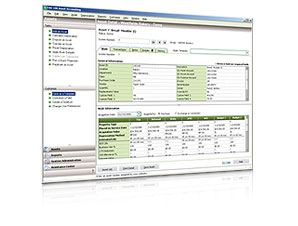Here at Fixed Asset Consulting, we have been performing many data conversions lately. Mainly data that has been in the Sage Fixed Assets Depreciation (formerly Sage FAS) and was outsourced.
The biggest problems we are running into during our analysis and process is that those ‘outsourced’ professionals who are using the Sage Fixed Asset System (or any automated fixed asset system) are not entering the asset information in correctly. Here is a list of what we have been seeing (note: not all the data we are analysing and fixing are from the same source/end users):
- Bonus depreciation not being utilized consistently. Some assets have it on, others don’t. Same property type, same placed-in-service year, etc.
- Bonus depreciation not being used at all even though the Client is claiming in on their tax returns. This means that even though the Tax calculations are outsourced, the Client still has to perform off-line adjustments and calculations on a spreadsheet.
- Inconsistent data entry and misuse of critical depreciation fields.
- Property Types are incorrectly used. I.e. Buildings and building remodels are set to Personal Property with a 39 year life and a straight-line method. Should have been set to Real Property.
- Adjustments were never taken and trued up on the data. This is causing a lot of over and under depreciated assets to occur at the end of the assets life, creating a NBV on a fully depreciated asset.
- One line items that represent 3 or sometimes 10 assets. When reconciling this information back to the customers off-line data or internal data, some of those “assets” where disposed of. Or… the sum of the 3 assets don’t equal the total amount of the one asset in the outsourced system.
We could go on and on, however, many times this stems from the end-user not being professional trained on the system, being thrown into fixed asset management role without training, not communicating properly with their clients or just not knowing what they are doing.
Not all fixed asset users or those managing fixed asset data should be created equally. Problem is, many don’t know this is happening until it’s too late. Don’t be one of them.
